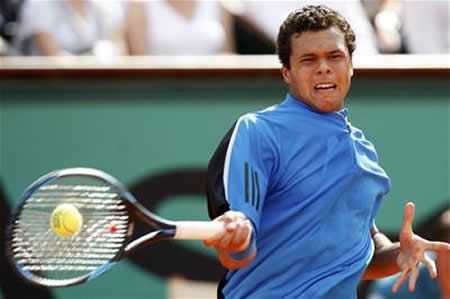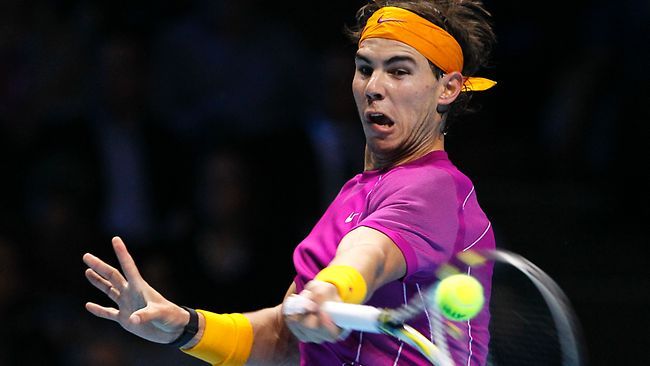Smasher08
Legend
Also, I think we need to find some more Simon pics. His strings look perfectly straight in that picture just pushed backwards.
Zoom in on it. Look to the top of the ball, then go one main below that. It's definitely deflected, you can see the shallow parabola shape. Simon uses a dense pattern stringbed so you don't get deflections as extreme as in an open one, perhaps due to the fact that the ball's energy is borne across a greater number of strings.
And if you're still skeptical, go back to the Federer pic and zoom in on it too. Look to the top of the ball, and then skip one main below it. Same deflection, albeit much more pronounced. And unlike Simon's mains, Fed's got at least two deflecting.
Last edited:



